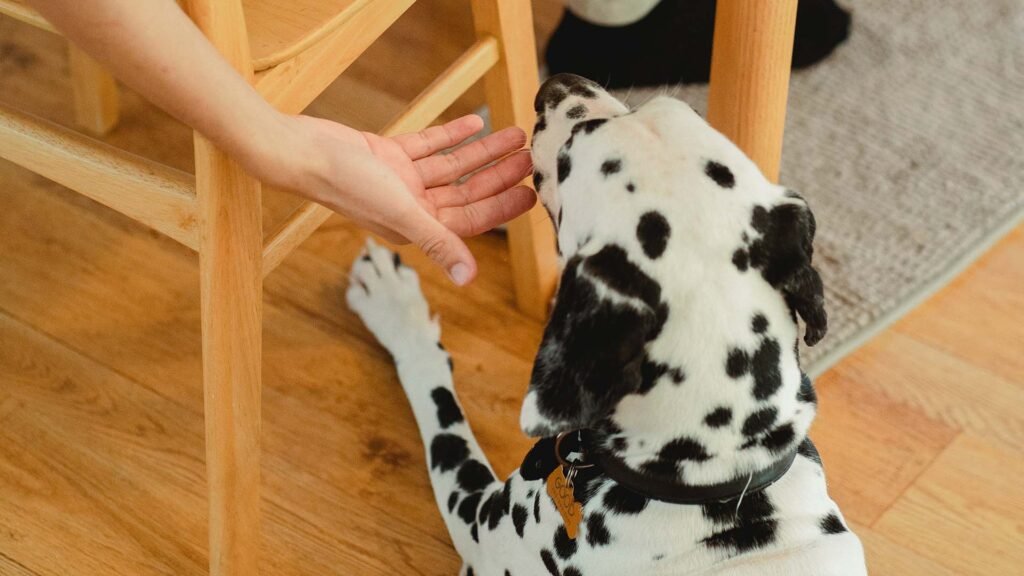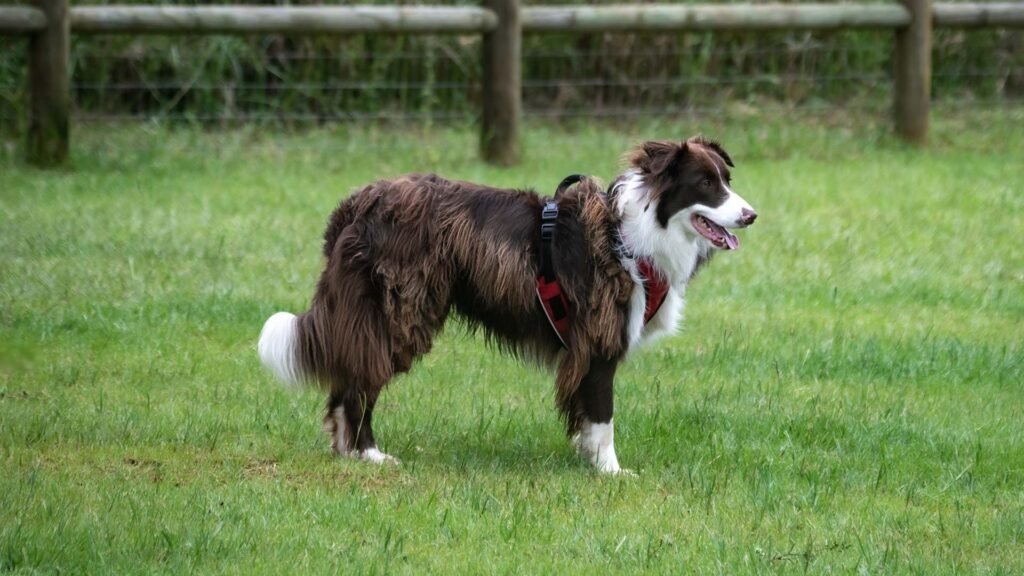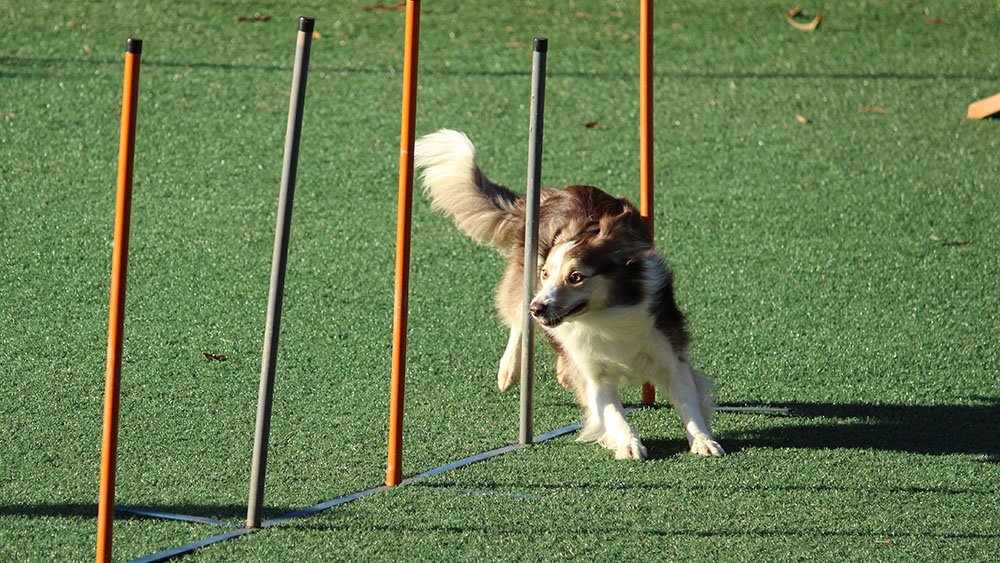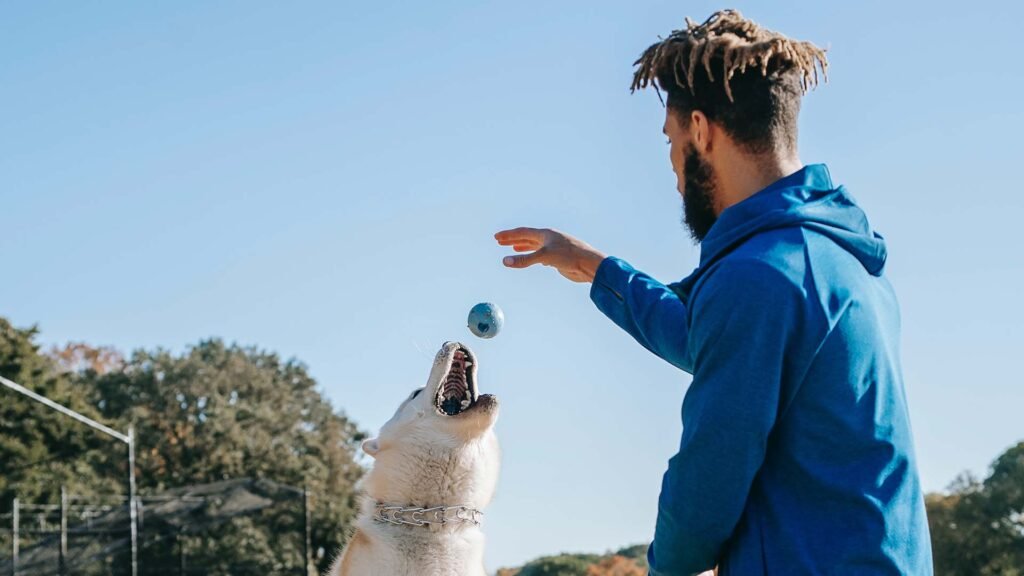One way to ensure that your dog remains obedient is to teach it commands. This can be done during puppyhood or even as an adult dog. The following are some tips on how to teach commands to your dog.
One of the most important things to remember when teaching commands is that dogs learn best through repetition. Start by saying the command in a clear, concise voice. Once your dog has mastered the command, start rewarding them with treats or petting them. As your dog continues to obey the command, gradually reduce the number of rewards until they only occur when the command is followed perfectly.
It’s also important to keep commands short and simple. Dogs can become confused if too many words are used or if the commands are vague.
Commands:
Come:

Teaching your dog to come is one of the most important commands you can teach them. Dogs respond well to positive reinforcement, so make sure to give your dog lots of praise when they do come when called. Start by putting your dog on a leash and calling them to come. As soon as they come to you, give them a treat and lots of praise. Do this a few times in a row until your dog understands that coming when called will earn them a treat. Once your dog has mastered coming when called on leash, start practicing off leash. Be sure to keep treats near by in case your dog gets distracted or doesn’t listen right away. With consistent practice, you’ll have a dog who comes every time they’re called!
Sit:

Teaching the Sit command to your dog is one of the most basic and essential commands that you can teach your dog. The Sit command is used to have your dog sit down on the ground. This command can be used in a number of different situations, such as when you are trying to get your dog’s attention, when you are walking your dog, or when you are giving your dog a treat. Teaching the Sit command to your dog is relatively easy and can be done in a matter of minutes.
Stay:

Dogs are creatures of habit and love to know what is expected of them. Teaching your dog the stay command will help keep him safe and out of trouble. The stay command can be used to keep your dog from running into the street, jumping on guests or raiding the trash can. It takes time and patience to teach your dog this command, but it is well worth the effort.
Start by teaching your dog to stay in one spot for a short period of time. Gradually increase the amount of time he stays in place. Once he has mastered this, you can start using the stay command in different situations. If your dog starts to disobey, calmly say “no” and immediately put him back in position. Do not shout or use physical punishment as this will only confuse your dog and make it harder to teach him what you want him to do.
Heel:
Teaching heel command to your dog can be a very beneficial tool. When properly trained, your dog will walk calmly by your side and respond to your commands. Teaching heel command can help keep your dog safe by keeping them close to you in busy areas, and also provide a sense of security and control for both you and your pet.
There are a few simple steps you can take to teach heel command to your dog. First, start off with basic obedience commands such as sit, stay, come, and down. Once your dog has mastered these commands, begin working on the heel command.
To teach heel command, begin by having your dog sit at your left side. Hold a treat in front of their nose and slowly move it up towards their head until they stand up. Immediately say “heel” and have them follow you as you walk backwards 10 steps.
Down:

Down is a very important command for dogs to learn. It can be used as a way to get your dog’s attention, to tell them to calm down, or to ask them to stay in one place. Down is also a common command used in obedience competitions.
If you are new to dog training, don’t worry – teaching Down is easy! In this article, we will discuss how to teach your dog the Down command, as well as some tips and tricks for success.
Off:
Teaching your dog to “Off” can be a valuable tool. It can help keep your dog from jumping on people, or getting into things they shouldn’t. Teaching the “Off” command is easy, but it does take some patience.
First, you’ll need to start with a few basic obedience commands such as sit and stay. Once your dog has mastered those commands, you can begin teaching the “Off” command.
To teach the “Off” command, have your dog sit and hold a treat in front of their nose. When they try to take the treat, say “Off.” As soon as they let go of the treat, give them the treat and praise them. Repeat this a few times until your dog understands what you’re asking them to do.
Leave it:

Teaching your dog to “leave it” is an important command to have in your arsenal. This command can help keep your dog safe by teaching them not to snatch food off the ground or from another animal, and it can also help prevent them from getting into things they shouldn’t. Teaching this command is relatively easy – all you need is some patience and a few treats.
Start by holding a treat in your hand and showing it to your dog. Once they’re focused on the treat, slowly move your hand away from them while saying “leave it.” If your dog tries to snatch the treat, say “no” and gently push their head away with your other hand. If they leave the treat alone, praise them and give them the treat. Repeat this process until your dog automatically leaves the treat alone when you say “leave it.
Give:

Teaching your dog to “give” is a very important command. This command tells your dog to release whatever he or she has in their mouth. It can be helpful when you are playing with your dog and they start to get too rough, or if they have something that is dangerous and you need them to release it. Teaching the “give” command is not difficult, but it does require patience and consistency.
Start by putting a treat in your hand and holding it out in front of your dog’s nose. As soon as he or she starts licking your hand, say “give.” Once your dog understands what this word means, put the treat behind your back and ask him or her to give again. When your dog is consistently releasing the treat when asked, start using objects like toys or balls.
Stop:
One of the most basic commands you can teach your dog is the stop command. Teaching your dog to stop when you say “stop” is an important safety measure, and it can also help keep your dog out of trouble. When teaching your dog to stop, be sure to use a clear and consistent voice, and reward your dog for obeying the command. Start by saying “stop” in a calm voice while your dog is doing something you don’t want him to do, such as jumping on you or chewing on a shoe. As soon as your dog stops what he’s doing, praise him and give him a treat. Gradually increase the distance between you and your dog, and continue rewarding him when he responds correctly.



















